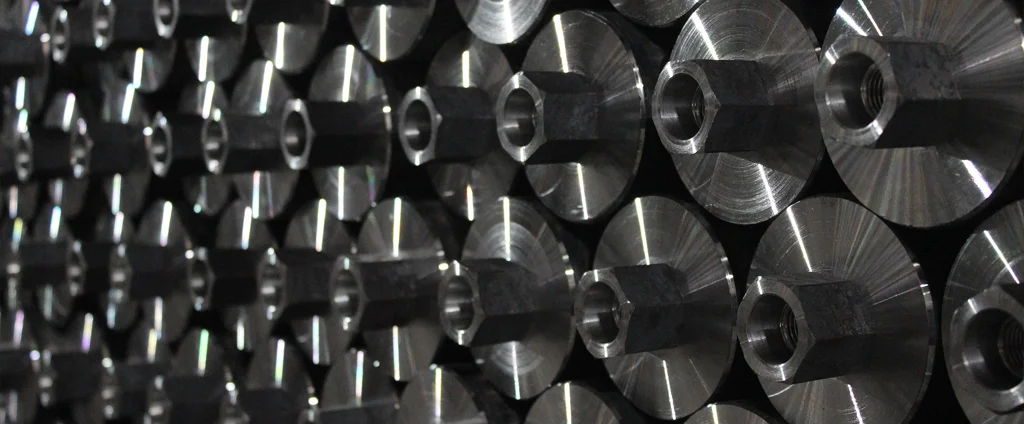SAE/AISI 1053 Carbon Steel (UNS G10530)

SAE/AISI 1053 carbon steel is a medium carbon alloy valued for its balance of strength, machinability, and cost-efficiency. It can be heat treated for improved mechanical performance and is frequently used in applications requiring moderate strength, such as automotive components, general engineering parts, and hand tools.
| Chemical Composition | ||
|---|---|---|
| Element | Min | Max |
| Iron | 98.36% | 98.82% |
| Carbon | 0.48% | 0.55% |
| Manganese | 0.70% | 1.00% |
| Phosphorous | —— | 0.04% |
| Sulfur | —— | 0.05% |
The following table provides a list of SAE/AISI 1053 properties in both SI and US customary/Imperial units.
Click on the button to switch between Metric and Imperial units.
| Physical Properties | Metric |
|---|---|
| Density | 7700 - 8030 kg/m3 |
| Mechanical Properties | Metric |
| Young’s Modulus (E) | 190 - 210 GPa |
| Poisson’s Ratio (ν) | 0.27 - 0.30 |
The values in this table are approximate and can vary depending on various factors such as the specific manufacturing process and heat treatment applied to the alloy.
Advantages & Disadvantages of 1053 Carbon Steel
| Advantages | Disadvantages |
|---|---|
| Cost-effective | Limited hardness and wear resistance |
| Good machinability | Lower toughness |
| Good weldability | Susceptibility to corrosion |
Applications of 1053 Carbon Steel
SAE/AISI 1053 is widely used in industrial and structural settings that demand moderate strength and economical machining, including:
- Machinery components: Commonly used in parts such as gears, shafts, bolts, and couplings.
- Fasteners: Frequently applied in the production of screws, nuts, bolts, and rivets due to its cost-effectiveness and machinability.
- Automotive parts: Suitable for brackets, clamps, bushings, and small structural components where high strength is not required.
- Construction and building materials: Used in structural components, supports, and fixtures where moderate strength is sufficient.
- Hand tools: Common in tools like wrenches, pliers, screwdrivers, and hammers due to its affordability and ease of machining.
